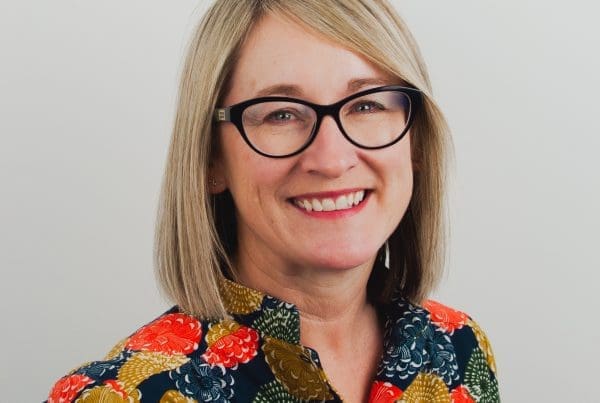
IT’S SAFE TO SAY THAT CLADDING HAS BECOME THE HOT TOPIC OF 2021, WITH THE GOVERNMENT STEPPING IN TO ASSIST SELLERS AND BUYERS ALIKE, THERE ARE STILL THOUSANDS OF HOMEOWNERS UNABLE TO SELL THEIR PROPERTIES DUE TO THEIR BUILDING HAVING CLADDING.
But there is a beacon of hope for those trapped in their properties, unable to sell them due to cladding.
In February 2021 the UK Government pledged £3.5 billion to remove cladding from high-risk buildings
over 18 meters high. Where the EWS1 Forms are still required, the assessment will need to be undertaken by a properly qualified professional with The Institute of Fire Engineers.
WHAT IS AN EWS1 FORM?
In 2020 the RICS helped launch the fire risk assessments for building with cladding where they could be combustible. The new check was brought in as a result of the Grenfell Tower disaster. The programme
was designed to protect people from purchasing properties that were deemed to be a high risk of catching fire due to the material used to clad the building. The EWS1 Form is completed by a properly qualified professional with The Institute of Fire Engineers where the valuer or surveyor of the property has noted there is cladding that requires a fire safety assessment. The form is completed and submitted to the lender to prove that the proposed property for the purchase is of a low/no risk of combustibility; thus meeting the lender’s risk appetite for a safe and secure property for their customer.
The RICS have a great resource that is useful for brokers and clients alike, which can be accessed via this link: https://www.rics.org/uk/news-insight/latest-news/fire-safety/cladding-qa/
WHAT DOES THIS MEAN FOR BROKERS?
Where lenders are concerned they will take a view based on the valuation and survey reports. Where the
valuer and surveyor have indicated cladding is present on a property and will require fire safety assessment, the lender will require a copy of the EWS1 form. Where the building has been deemed at low/no risk the lender is likely to lend on the property. Where the outcome is at higher risk of combustibility or requires the cladding to be replaced the lender is not likely to lend until the remedial work has been undertaken and reassessed with a no/low risk outcome. When dealing with a clad property, brokers will need to ensure that where the valuer/surveyor has indicated an EWS1 Form is required, that this is packaged with the application for the lenders.
There is a lot of movement and change in policy on the topic of cladding, which you have probably seen in the papers and on the news. At PRIMIS, our Experts team are keeping abreast of the situation as it develops and will be equipped to answer your questions.
If you have a cladding query or require assistance with a case, be sure to drop an e-mail to experts@PRIMIS.co.uk.


